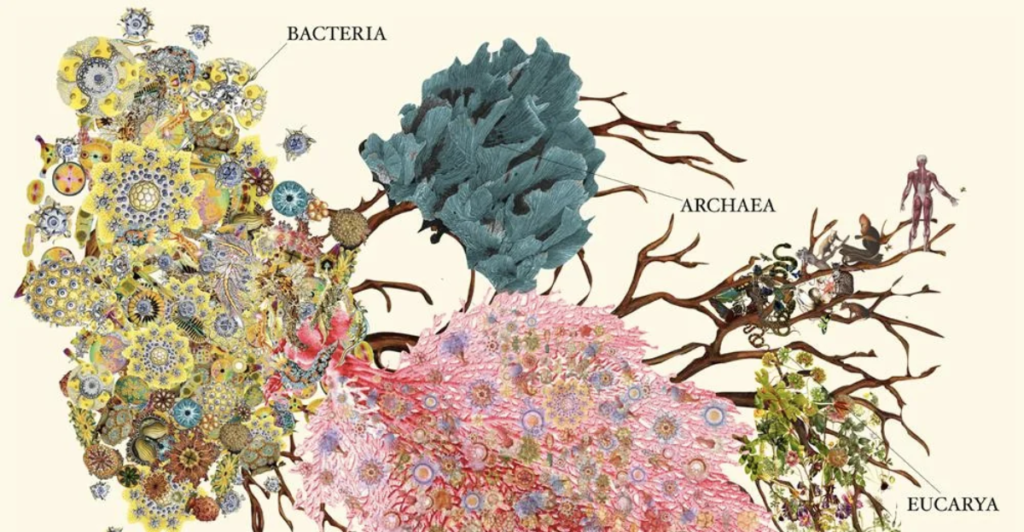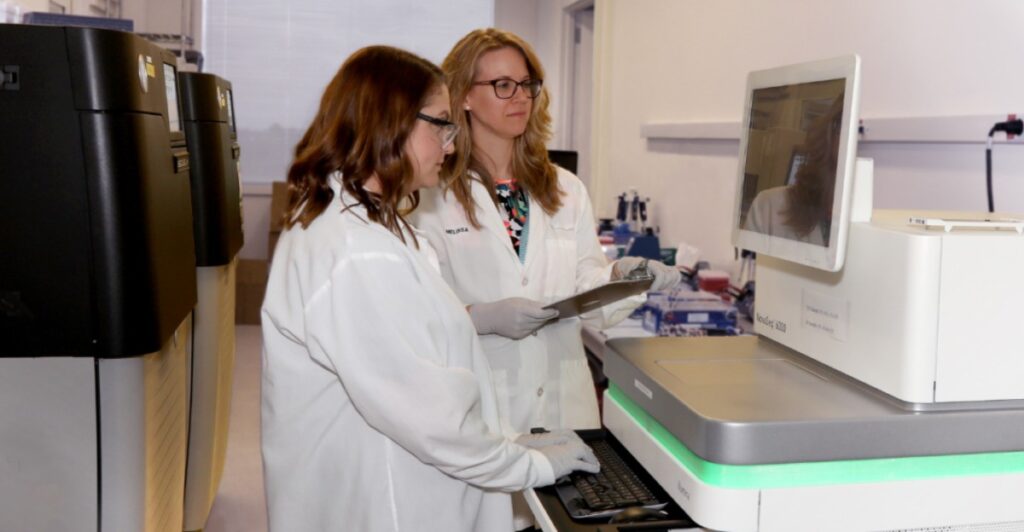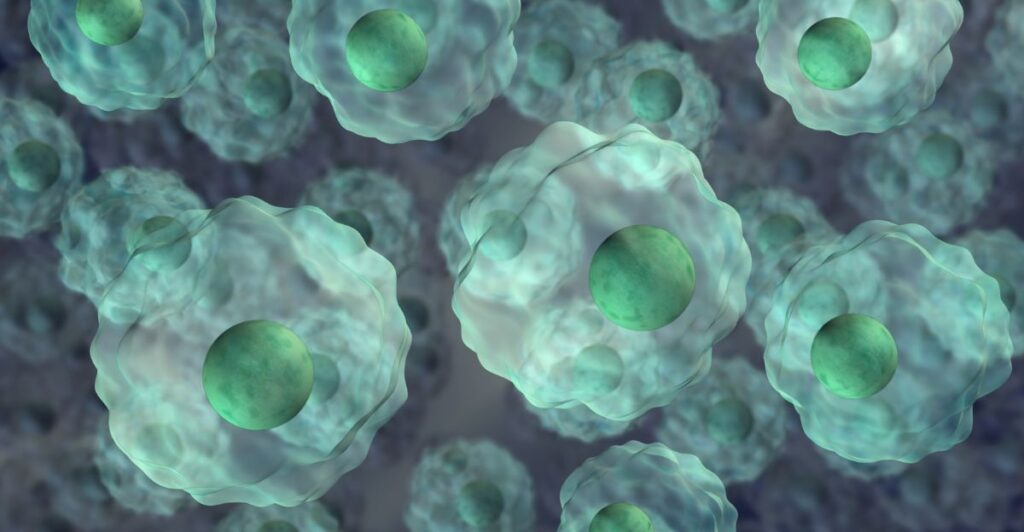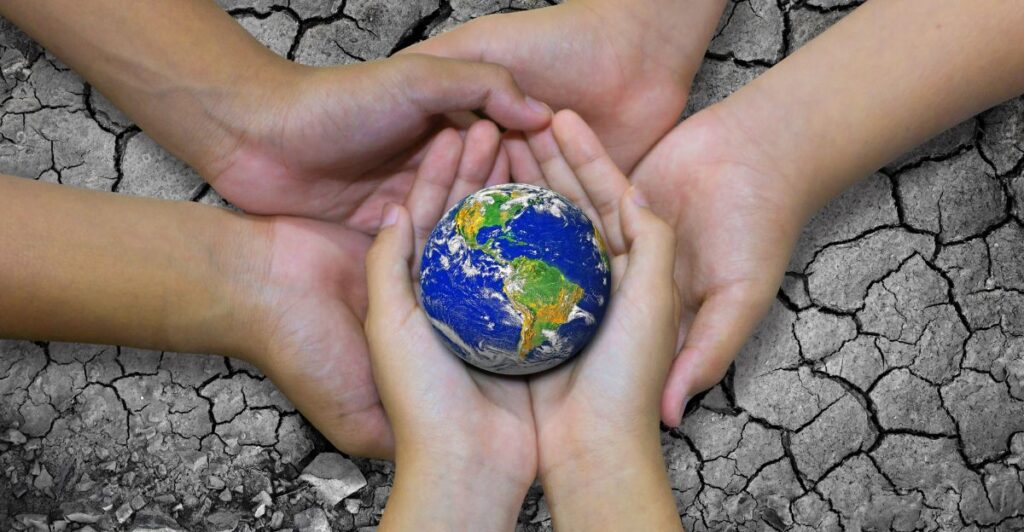The discovery of a previously underestimated capability in archaeal, one of the three primary domains of life, is changing our comprehension of energy generation and the origins of eukaryotic life. While generally overlooked in favor by bacteria or eukaryotes, archaea are now known to utilize hydrogen in ways that could reshape green energy solutions. This revelation advances our understanding of evolutionary biology and suggests that it might be possible for biological catalysts to replace industrial techniques for hydrogen use. The implications of this research extend far beyond biology, offering a glimpse into the future of sustainable energy.
The Unique Role of Archaea in Life’s Evolution

Archaea, first recognized as a distinct domain in the late 1970s by Carl Woese, are microorganisms typically found in extreme environments like hot springs and deep-sea vents. In terms of their biochemistry, archaea are distinct from the other two real domains of life (bacteria and eukarya).
Once dismissed for decades as mere bacteria based on their identical appearance under a microscope, archaea are now being recognized as a separate lineage with profound evolutionary significance. Their survival mechanisms under extreme circumstances and efficient utilization of scarce resources highlight their ancient heritage and adaptability, making them vital in understanding the evolutionary tree of life.
Hydrogen Utilization: A Revolutionary Discovery

For decades, scientists had assumed that archaea simply lacked the enzymes to produce or utilize hydrogen. However, a new study published in Cell has overturned that assumption, revealing that archaea have been producing and consuming hydrogen for about two billion years.
Researchers found hydrogen-producing enzymes known as hydrogenases within archaea, including the smallest and most complex version of these enzymes across all three domains of life, the [FeFe]-hydrogenase. By recreating these enzymes in a laboratory, sscientists have demonstrated how the metabolic processes of archaea allow them to flourish in extreme environments while contributing vital elements to Earth’s biochemical cycles.
Implications for Eukaryotic Evolution

This is an important discovery for understanding the origin of eukaryotic life. The leading theory suggests that eukaryotes originated from a symbiotic relationship between an ancient archaeal species and a bacterial cell through hydrogen-gas exchange.
This symbiotic relationship likely enabled the development of complex cellular structures and functions that define eukaryotes today. By studying how these archaea utilized hydrogen, researchers can learn more about this pivotal moment in evolutionary history, highlighting the interconnectedness of life on Earth.
Potential for Green Energy Solutions

Beyond its biological significance, this research suggests exciting potential for sustainable energy production. Currently, industries depend upon precious chemical catalysts for the use of hydrogen, which are both expensive and less efficient over time.
A possible way forward is the discovery of robust biological catalysts within archaea. These enzymes could serve as models for developing efficient and resilient systems for hydrogen production and storage, paving the way for innovative green energy solutions. Leveraging these natural processes may help reduce the demand for non-renewable resources while meeting global energy needs.
A New Era in Energy Research

The study of archaea continues to open new frontiers in evolutionary biology and energy science. As researchers delve deeper into their unique capabilities, further applications may emerge for the hydrogen-utilizing mechanisms.
These results emphasize the importance of studying all forms of life on Earth, not only to understand the history of our planet but also to uncover solutions to our most urgent modern challenges like climate change and energy sustainability. With their resilience of life and adaptability honed over billions of years, archaea may hold the key to unlocking a cleaner, greener future for humanity.
Discover more of our trending stories and follow us to keep them in your feed

A Climate ‘Time Bomb’ in the Mediterranean Threatens Global Weather—Is the U.S. Prepared?
Scientists Are Bringing Back The Woolly Mammoth
California Is Breaking Apart: A Fault Line Is Forming Faster Than Anyone Predicted
Wolves Still Roam In These States in 2024—Is Yours On The List?
References:
Reference 1
Reference 2
Reference 3
This article first appeared here
Stay connected with us for more stories like this! Follow us to get the latest updates or hit the Follow button at the top of this article, and let us know what you think by leaving your feedback below. We’d love to hear from you!







